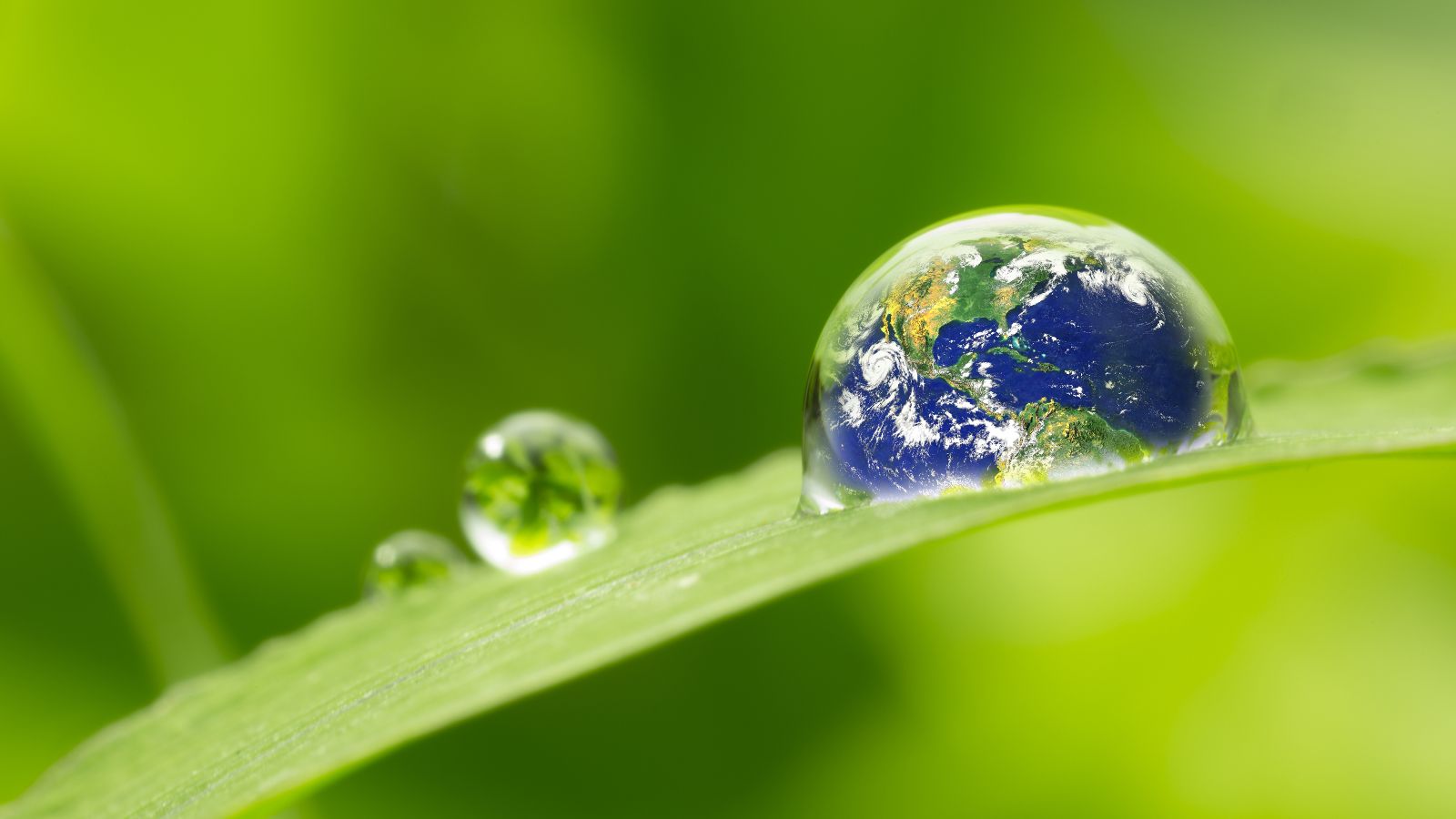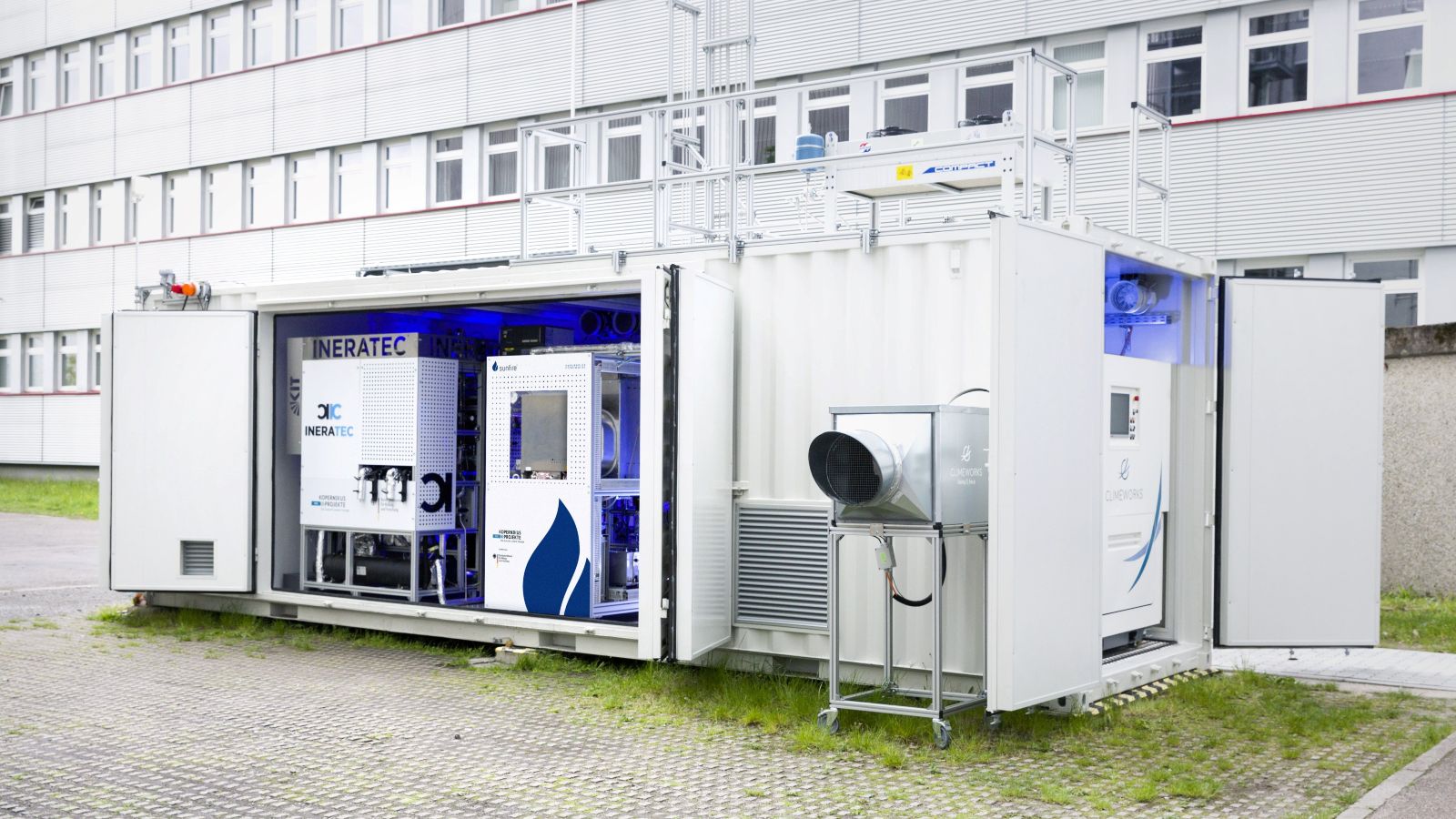Useful information
Answers to the most frequently asked questions
The FAQs on this page provide in-depth insights into the topic of green hydrogen. The questions and answers on power-to-X topics were compiled and reviewed by scientists from the Kopernikus projects. The FAQs on green hydrogen are provided by the Federal Government

Most frequently asked questions on hydrogen

The federal government FAQs answer the following questions: What makes (green) hydrogen better than fossil fuels? What is the goal of the EU’s Hydrogen Strategy? Can the EU become a world leader in clean hydrogen technology?
Hydrogen colour theory
Green hydrogen
Green hydrogen is produced by electrolysis of water, using electricity from renewable energy sources only for the electrolysis process. Regardless of the electrolysis technology that is chosen, the production of green hydrogen is CO2-free, because 100 % of the electricity that is used comes from renewable sources and is therefore CO2-free.
Grey hydrogen
Grey hydrogen is obtained from fossil fuels. To produce it, generally natural gas is heated to separate it into hydrogen and CO2. The CO2 is then released unused into the atmosphere, thus contributing to the greenhouse effect. Producing one tonne of hydrogen generates around 10 tonnes of CO2.
Blue hydrogen
Blue hydrogen is grey hydrogen, but the CO2 produced from it is captured and stored (in a process called carbon capture and storage, or CCS). This means that the CO2 generated during blue hydrogen production does not enter the atmosphere and the production process can be viewed as CO2-neutral on balance.
Turquoise hydrogen
Turquoise hydrogen is hydrogen that is produced by thermal decomposition of methane (methane pyrolysis). Instead of CO2, this produces solid carbon. For the process to be CO2-neutral, the heat supply of the high-temperature reactor used must come from renewable energy sources and the carbon bond formed must be permanent.
The most frequently asked questions about Power-to-X

The FAQs on Power-to-X at kopernikus-projekte.de provide answers to the following questions: Why Power-to-X? How efficient is Power-to-X? Why is Germany researching Power-to-X even though it will have no surplus electricity? If hydrogen is to be produced in Africa with Power-to-X - where will the water come from?


